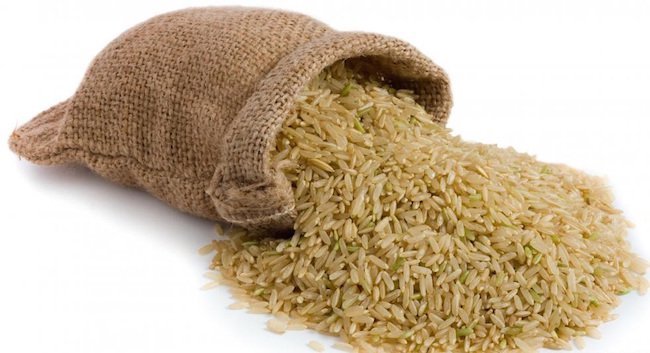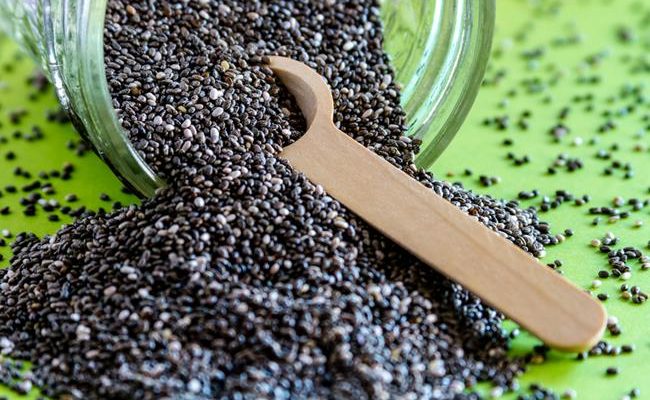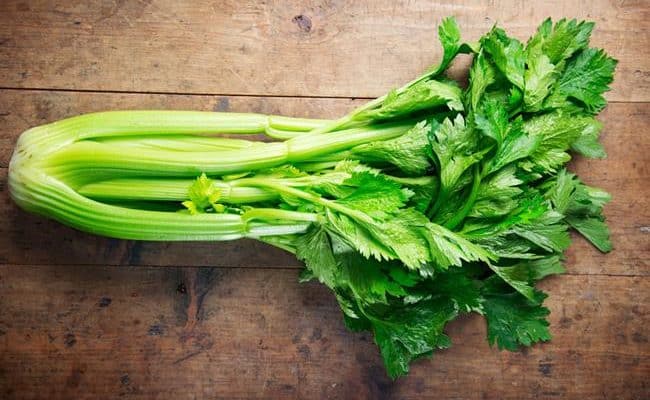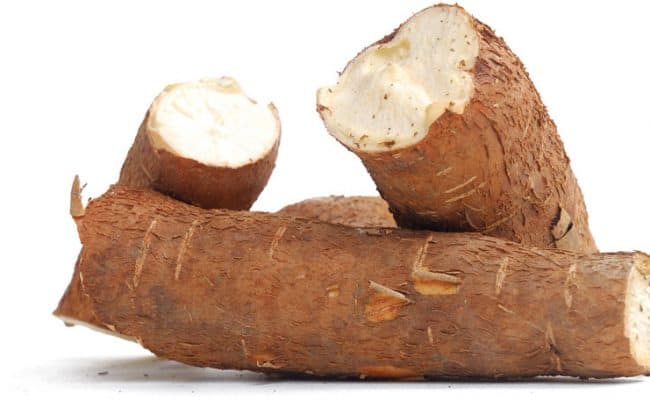
White rice is one of the most frequently eaten food products around the world, however, white rice is not nearly so nutritious as its less processed version; brown rice. By making a simple switch from white to brown rice your health may benefit in a number of ways.
Although brown rice is less convenient than white due to its longer cooking time, it is much more nutritious as only the outer hull of the grain is removed. This makes it a great staple carbohydrate source which is classified as a whole grain and contains a range of essential nutrients such as B vitamins, phosphorus, selenium, manganese, potassium and magnesium.
It is also a good source of dietary fibre and has a pleasant nutty taste that lends itself well to salads, stews and stir-fries.
The 10 most important health benefits associated with brown rice are:
Possible reduced Risk of Colon Cancer
It is thought that the high selenium levels, as well as certain phenols found in brown rice may be associated with reduced risk of colon cancer. These phenols are present in much high concentrations in brown rice than in white, meaning this association may not be seen with high white rice consumption. The high content of dietary fibre may also contribute to a healthy colon and digestive system.
Heart disease prevention
Due to its high fibre content, eating a diet high in brown rice may offer some protection against cardiovascular disease.
A study carried out in Philadelphia suggested that the layer of tissue around brown rice, (which is polished off when making white rice), may reduce the action of protein Angiotensin II, which is known to increase atherosclerosis and blood pressure.
Protection against breast cancer
The pytonutrient Lignin present in brown rice is thought to inhibit the growth of breast cancerous cells.
Lowering bad cholesterol
Brown rice is an excellent source of soluble fibre, which helps to lower levels of ‘bad’ LDL cholesterol in the blood.
There is also some suggestion that the oil present in brown rice or extracted rice bran oil may help to lower harmful cholesterol levels and blood pressure, whilst raising levels of ‘healthy’ HDL cholesterol. (See also: What to eat to lower your cholesterol)
Maintaining a healthy body weight
A diet high in dietary fibre tends to fill you up more and has been associated with decreased food intake and maintenance of a healthy body weight. Brown rice is an excellent source of dietary fibre, and also has a lower glycemic index than white rice, meaning it will generally cause a more stable and long lasting rise in blood sugar levels. This also contributes to keeping you fuller for longer and less likely to need snacks or overeat.
Healthy bowel function
Brown rice also contains good amounts of insoluble fibre that stays in the gut and aids digestion and excretion. This type of fibre attracts water to the gut and in this way causes more fluid bowel movements and prevents constipation.
Controlling blood sugar levels
The fibre in brown rice means that the digestion time of this carbohydrate is slower than more processed grains, including white rice. This means that there is a more controlled slower release of sugar into the blood stream and the product has a lower glycemic index (GI) than other grains.
A diet rich in low GI, high fibre foods is associated with more stable blood glucose levels, which can help to reduce the risk of developing type 2 diabetes.
Maintaining a healthy nervous system
Brown rice contains a high level of the nutrient manganese, which is required to produce fatty acids and hormones needed to maintain a healthy nervous system.
Gallstone prevention
A study published in the American Journal of Gastroenterology found that a diet high in insoluble fibre, such as is found in brown rice, was associated with lower risk of gallstones in women.
Helps to keep bones healthy
Brown rice is a great source of magnesium, which is thought to be a key nutrient needed for healthy bones along with calcium and vitamin D.
Magnesium is a key nutrient required to build bones and deficiency has been associated with low bone density and osteoporosis later in life. One cup of brown rice contains about 21% of your daily magnesium requirements.
Brown rice is a nutritious and tasty alternative to white rice and when used in combination with a healthy diet rich in fruits, vegetables, lean proteins and healthy fats may help to protect against multiple lifestyle diseases. It may also assist with weight loss and keep you feeling and looking great.
References used in this article










